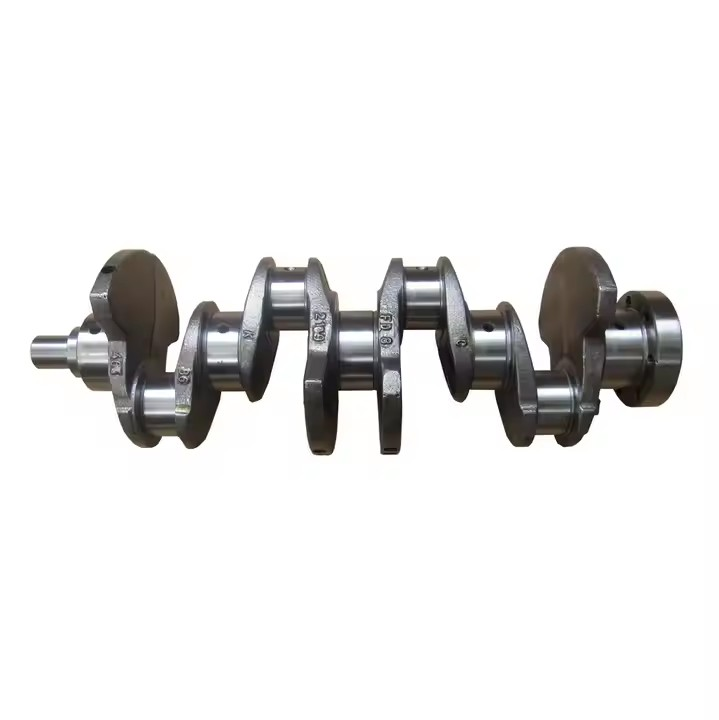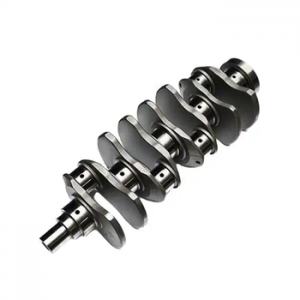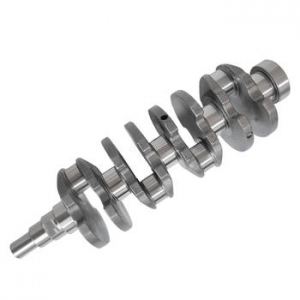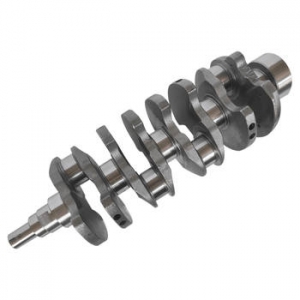The Importance of Crankshaft Material Selection
The crankshaft is a critical component of any internal combustion engine. It is responsible for converting the linear motion of the pistons into rotary motion, which drives the vehicle's wheels. The material used to manufacture the crankshaft can have a significant impact on its performance, durability, and cost. Therefore, it is essential to choose the right material that can meet the engine's performance requirements while staying within budget.
Common Crankshaft Materials
Several materials are commonly used for manufacturing crankshafts. These include cast iron, forged steel, and billet steel. Each of these materials has its advantages and disadvantages, which should be carefully considered when selecting the right crankshaft material.
Cast Iron Crankshafts
Cast iron crankshafts are the most economical option. They are typically used in low-performance engines, such as those found in lawnmowers or small generators. Cast iron is a brittle material, which makes it susceptible to cracking under high stress. It is also heavier than forged or billet steel, which can reduce engine performance.
Forged Steel Crankshafts
Forged steel crankshafts are stronger and lighter than cast iron crankshafts. They are commonly used in high-performance engines, such as those found in cars or motorcycles. Forged steel is produced by heating and hammering the steel into shape, which creates a more uniform grain structure and higher strength. This makes forged steel crankshafts more resistant to fatigue and better suited for high-stress applications.
Billet Steel Crankshafts
Billet steel crankshafts are the strongest and lightest option. They are manufactured by machining a solid piece of steel, which results in a more uniform grain structure and higher strength. Billet steel crankshafts are also more resistant to fatigue failure than cast iron or forged steel crankshafts. However, they are significantly more expensive to manufacture than either of the other options.
Choosing the Right Crankshaft Material
When choosing a crankshaft material, it is essential to consider the engine's intended use, performance requirements, and budget. If the engine is for a low-performance application, such as a lawnmower, a cast iron crankshaft may be the most cost-effective option. However, if the engine is for a high-performance application, such as a race car, a forged or billet steel crankshaft may be necessary to ensure optimal performance and durability.
Ultimately, the choice of crankshaft material will depend on a careful balance between performance and cost. By considering the engine's intended use and performance requirements, engine builders can select the right crankshaft material that will provide the best performance while staying within budget. With the right crankshaft material, the engine can provide reliable and efficient power, ensuring a smooth and enjoyable driving experience.





